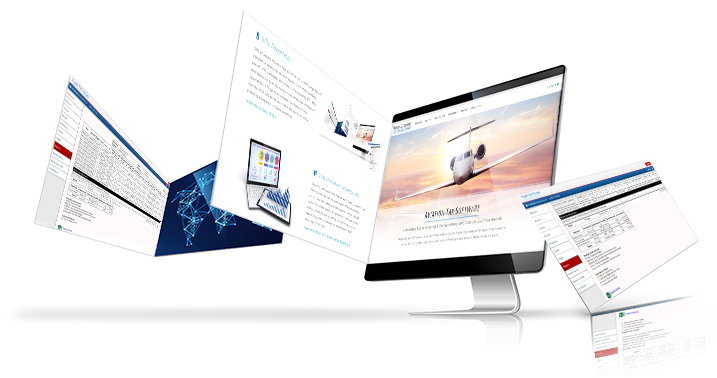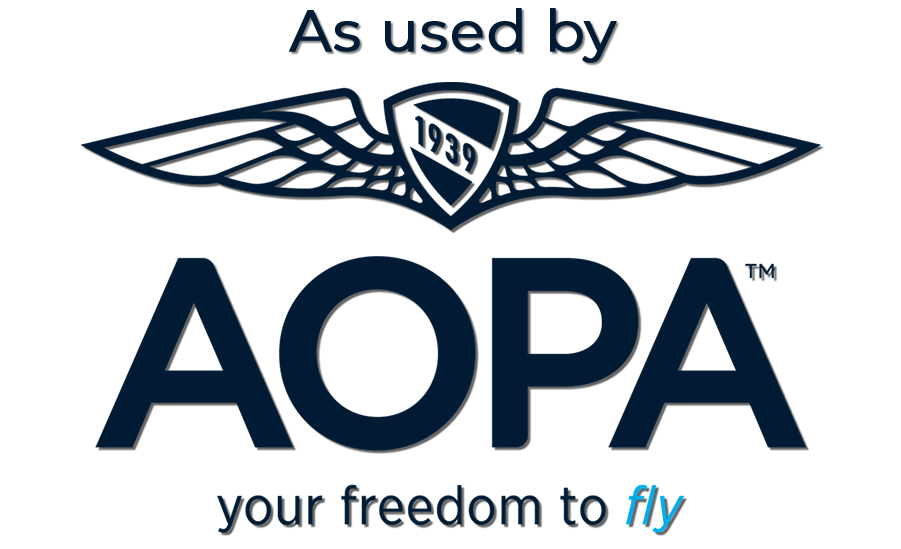The IRS has determined that the personal use of company aircraft is a taxable benefit to the employee. The FAA limits the amounts business aircraft owners are allowed to reimburse their companies for the costs incurred using the aircraft for personal flights. Both the IRS and the FAA permit the taxable benefits be “imputed” to the employee, and the IRS has issued detailed procedures on how the taxable benefit is to be imputed. These procedures employ what are referred to as the Standard Industry Fare Levels (SIFL).
Reporting personal use of company aircraft under SIFL rules is the only reporting method that satisfies the Internal Revenue Service (IRS), the Federal Aviation Administration (FAA) and the Security and Exchange Commission (SEC) reporting requirements.
FTS is designed to calculate SIFL using the latest, up-to-date methodology and rates published by the U.S. Department of Transportation. The SIFL report provides a running SIFL total for each employee with a year to date summary to be used on that employees W-2 or 1099 at the end of the year. The report also summarizes all flight information and calculates all potential specific SIFL reporting rules that apply, including:

- Point to point reporting
- Exemption of children under 2 years old
- 50% seating capacity rule
- International SIFL rules
- Mixed Use flights
- Hosts not onboard
- Reimbursement tracking
- Timeshares and Schwab Reinterpretation flights
- Calendar or fiscal year reporting
Calculating SIFL through manual spreadsheet methods is complex and can be error-prone and confusing. FTS saves users time and frustration by automating the calculation process and taking special circumstance nuances into consideration.

